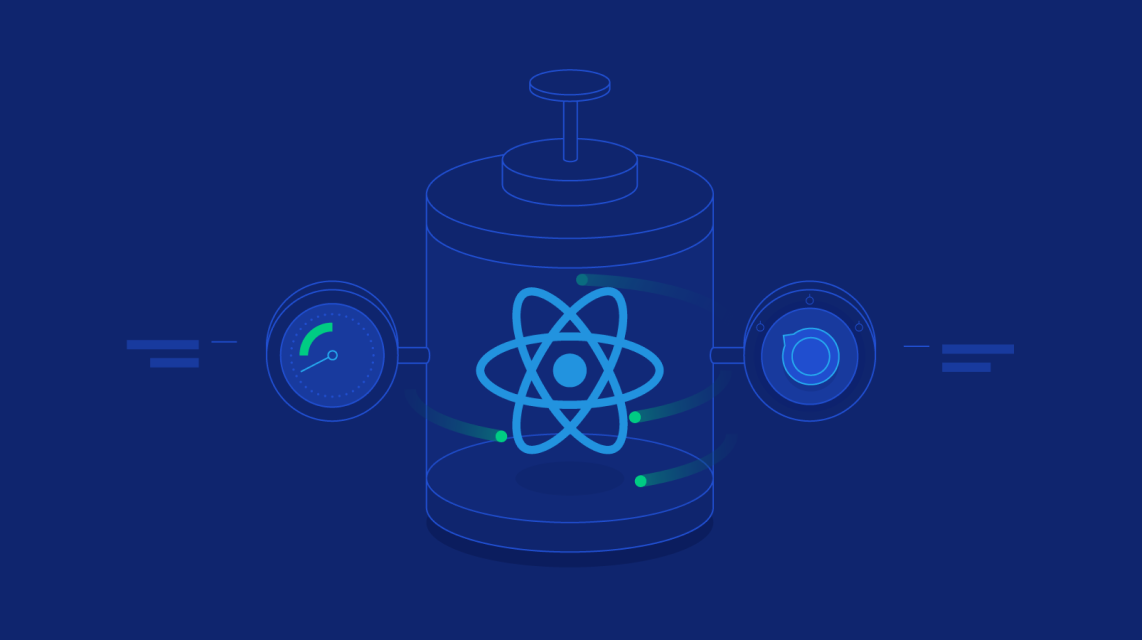Deep Dive into React Native's Local Database

In this blog post, we will take a deep dive into the world of React Native's local database integration, focusing specifically on optimizing performance and storage. React Native, being a powerful framework for building cross-platform mobile applications, offers various options for managing data locally.
We will explore different local database solutions available for React Native, such as SQLite, Realm, and AsyncStorage. By understanding the strengths and weaknesses of each option, we can make informed decisions on which database solution suits our specific needs.
The blog post will cover various techniques and strategies to optimize performance when working with local databases. We will delve into topics such as data indexing, caching, and batch operations, which can significantly enhance the speed and efficiency of data retrieval and manipulation.
Additionally, storage optimization will be a key focus area. We will explore methods to reduce the database size, such as data compression, archiving, and purging outdated or unnecessary data. These techniques will help ensure that our React Native applications utilize storage space efficiently, particularly in scenarios where devices have limited resources.
Throughout the blog post, we will provide practical examples, code snippets, and step-by-step instructions to implement the discussed optimizations. By the end, readers will have a comprehensive understanding of how to fine-tune their React Native applications' local database performance and storage utilization, ultimately creating highly efficient and responsive mobile experiences.
Whether you are a React Native developer seeking to optimize your existing app or planning to build a new app from scratch, this blog post will equip you with the knowledge and tools to make the most out of React Native's local database capabilities.
2023 ALl Rights Reserved. Sohan Talukder
